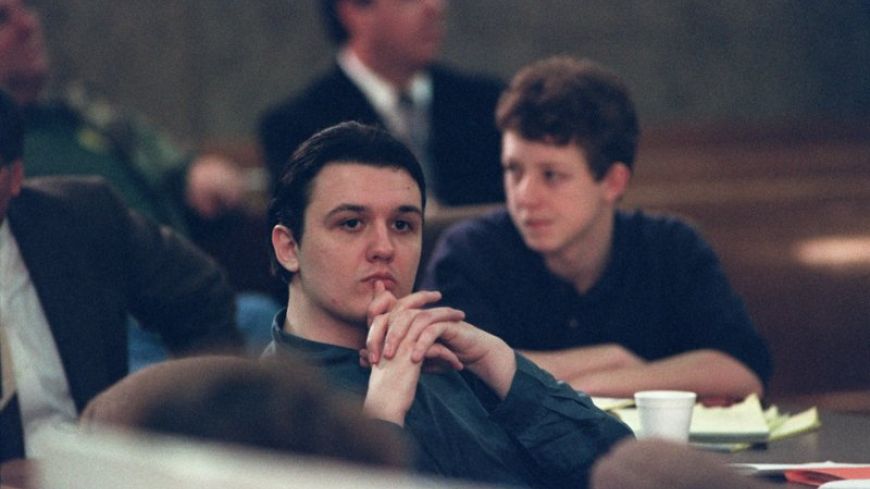
When the hog-tied, naked bodies of three eight-year old boy scouts were discovered at the bottom of a ditch in 1993 it didn’t take long for the local authorities in the small town of West Memphis, Arkansas, to find their men.
Three working class, teenage boys, one whose diary revealed a lurid interest in satanism, became the chief suspects for the crime. A full confession was extracted from one of the boys. Witnesses and a medical officer corroborated evidence that the victims were killed as part of a bloodthirsty, satanic ritual, and the prosecutor had little problem in convincing the jury of the boys guilt. Two of the boys, Jason Baldwin and Jessie Misskelley, got life sentences while Damien Echols was sentenced to death.
I had but vague recollections, snatched from headlines, of the case of the “West Memphis 3”. After watching Amy Berg’s simultaneously gripping and appalling documentary West of Memphis (showing today, tomorrow and Thursday at Filmhouse) I’m sure it will be etched in my mind for many years now.
A humongous miscarriage of justice it became something of a cause célèbre after rock stars Eddie Vedder, Natalie Maines, Henry Rollins, actor Johnny Depp, got behind the campaign for the release of the three. The Lord of the Rings director Peter Jackson anonymously began funding the defense investigation in 2006 with partner Fran Walsh. He also helped produce this riveting film with Echols and wife Lorri Davis, who campaigned on the outside for years for her husband’s release.
Berg’s account follows a chronological sequence of events, opening with the official version of the crime, and gradually picks away at flaws in the prosecution’s case.
It is long at 147 minutes and procedural, but the methodical approach is the film’s strength. Berg had excellent access to the key characters in the case and her compilation of news, police and court archive material, and interviews with key witnesses makes the story feel immediate and powerful.
As the defense team expose incompetence, coercion, political opportunism, and fabrication of evidence, what began as a campaign to exonerate the WM3, becomes a searing indictment of the judicial system. What’s more, the documentary goes on “solve” the case with key DNA evidence and very plausible witness information. While it’s reassuring that the defense team ultimately win a victory of sorts, with the release of the wrongfully imprisoned trio after 18 years, there are several stings in the tail. Not least, the case had tragic repercussions for relatives of the victims. And the real killer is still at large.

